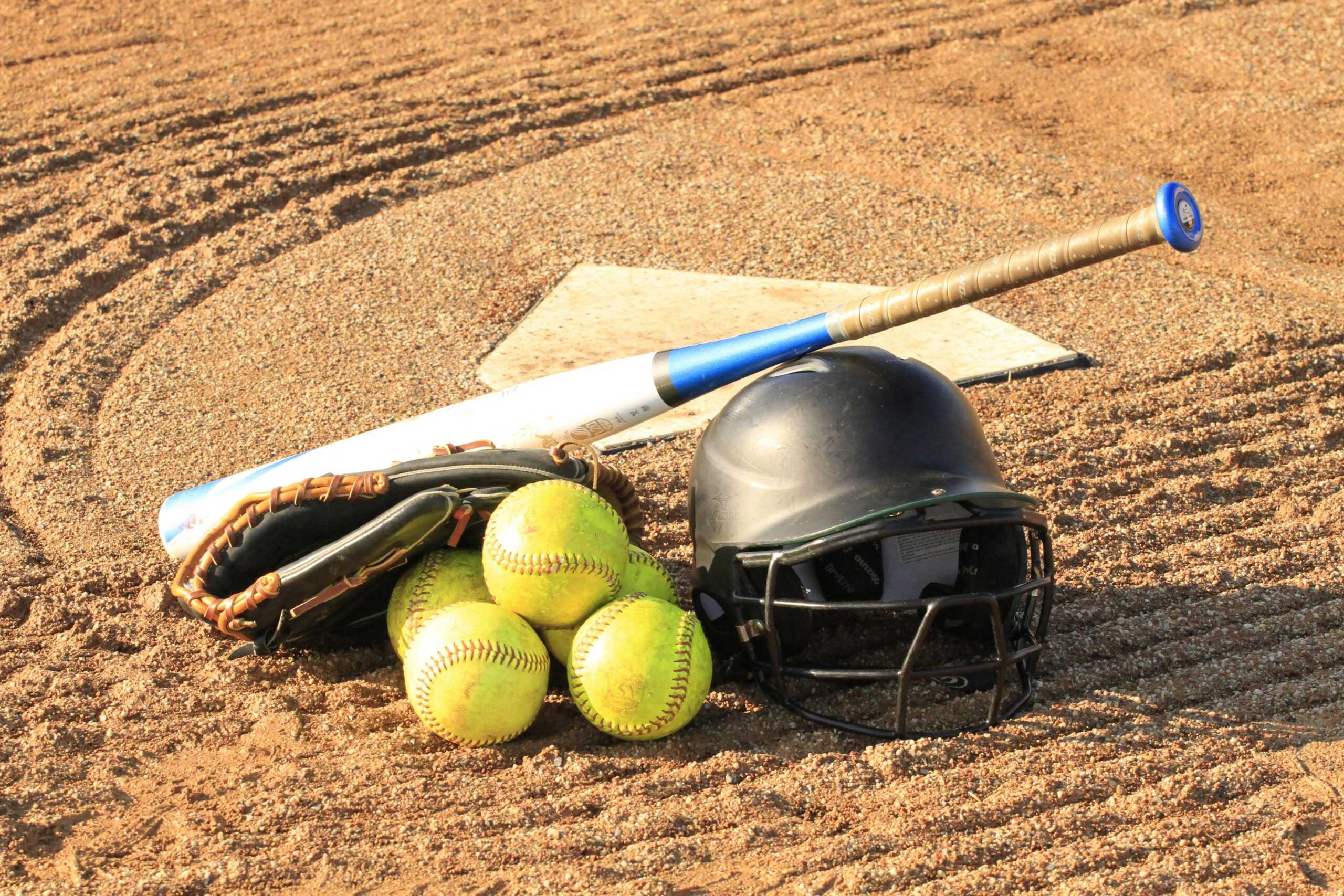High school softball players need more than just batting practice and fielding drills to succeed. The best players combine their skills with proper conditioning to stay strong throughout long seasons and avoid injuries.
Good conditioning helps you hit harder, throw faster, and run the bases with confidence. It also keeps you healthy when other players are sitting on the bench with pulled muscles or sore shoulders.
The key is focusing on exercises that actually help your softball performance – not just generic gym workouts. You need movements that build the specific strength and speed softball demands, from explosive swings to quick reactions in the field.
This guide covers the essential conditioning areas every high school softball player should focus on to take their game to the next level.
Build Softball-Specific Strength
Your core powers everything in softball – from your swing to your throws. Strong abs and back muscles help you rotate faster and hit with more power while protecting you from injury.
Start with basic planks, side planks, and Russian twists. Work up to 30-60 seconds for planks and 15-20 reps for twists. Add medicine ball rotations once you master the basics.
Strong legs give you the foundation for explosive movements. Squats and lunges build the power you need for quick base running and solid hitting stance.
- Bodyweight squats: 2-3 sets of 15-20 reps
- Walking lunges: 2 sets of 10 per leg
- Single-leg glute bridges: 2 sets of 12 per leg
Don’t ignore your upper body. While softball isn’t all about arm strength, you need shoulder stability for throwing and enough upper body power to drive the ball.
Push-ups, pull-ups (or assisted versions), and light dumbbell work for your shoulders will keep your throwing arm healthy and strong. Focus on control over heavy weight.
Develop Game Speed and Quickness
Base running speed wins games. Work on your acceleration and top speed with short sprint drills 2-3 times per week.
Practice 30-yard sprints from a leadoff position. Focus on your first three steps – that’s where you gain or lose the advantage. Rest fully between sprints to maintain quality.
Softball requires quick direction changes for fielding ground balls and tracking fly balls. Simple agility drills improve your reaction time and footwork.
Set up four cones in a square, 5 yards apart. Sprint forward, shuffle right, backpedal, shuffle left. Complete 4-6 rounds with 30 seconds rest between rounds.
Ladder drills help with foot speed and coordination. If you don’t have a ladder, use chalk lines or imagine the rungs. Practice in-in-out-out patterns and lateral shuffles for 10-15 minutes twice a week.
The 5-10-5 shuttle (also called the pro agility drill) is perfect for softball players. Sprint 5 yards, touch the line, sprint 10 yards to the other line, touch it, then sprint back through the middle. Time yourself and try to improve each week.
Stay Healthy and Prevent Injuries
Shoulder problems are the biggest threat to softball players. Prevent them with a proper warm-up before every practice and game.
Start with arm circles, both directions, for 10-15 reps. Do shoulder blade squeezes and light arm swings. Gradually increase your throwing distance instead of immediately firing hard throws.
Your throwing motion puts stress on your elbow too. Never throw through pain, and make sure you’re using proper mechanics. Ice your arm after long practice sessions or games.
Ankle injuries happen when sliding or running bases. Strengthen your ankles with calf raises and practice proper sliding technique. Always slide feet-first unless you’re stealing home.
Stretching after workouts helps prevent muscle tightness that leads to injuries. Focus on your hip flexors, hamstrings, and shoulders – areas that get tight from batting stance and throwing motions.
- Hip flexor stretch: 30 seconds each leg
- Hamstring stretch: 30 seconds each leg
- Cross-body shoulder stretch: 20 seconds each arm
Get enough sleep (8+ hours) and drink plenty of water. Your body repairs itself during sleep, and dehydration increases injury risk significantly.
Plan Your Training Smart
Don’t try to do everything at once. Your conditioning should match what’s happening with your team schedule.
During the off-season, focus on building base strength and fixing weak areas. This is when you can spend more time in the gym and really develop your fitness foundation.
Once team practices start, shift to maintaining your strength while emphasizing speed and agility work. You’ll get plenty of softball-specific conditioning during practice.
During the season, keep your conditioning simple. One or two strength sessions per week, plus your regular warm-up and cool-down routines. Don’t wear yourself out with intense workouts when you have games.
A good weekly schedule might look like:
- Monday: Full body strength training
- Tuesday: Team practice
- Wednesday: Speed and agility work
- Thursday: Team practice
- Friday: Light stretching and mobility
- Saturday: Game day
- Sunday: Rest or light activity
Listen to your body and adjust when needed. Some weeks you’ll feel great and can push harder. Other weeks, especially during tournament play, you need more recovery time.
The key is consistency over intensity. Regular, moderate conditioning beats sporadic intense workouts every time.
Conclusion
Smart conditioning gives high school softball players a real competitive advantage. Focus on core strength, leg power, and shoulder health to build a strong foundation. Add speed and agility work to improve your base running and fielding. Most importantly, prevent injuries with proper warm-ups and recovery.
Keep your training simple and consistent. You don’t need complicated programs or expensive equipment – just dedication to the basics. Start with bodyweight exercises and gradually add intensity as you get stronger. Combined with your team practices and games, this approach will help you perform at your best all season long.
Athletes Untapped
Need help creating a personalized conditioning plan that fits your specific needs? Athletes Untapped connects high school softball players with experienced coaches who understand exactly what you need to improve. Find qualified trainers in your area who can design workouts specific to your position, skill level, and team goals while working around your schedule.




